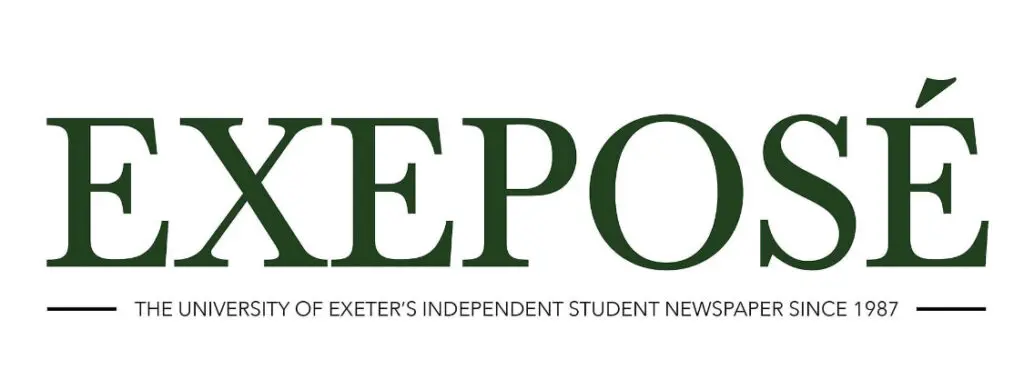
Amy Butterworth reports on President Trump’s labelling of Covid-19 and the implications of his racist language
A photographer for the Washington Post recently captured that US President Donald Trump had specifically crossed out “coronavirus” in his notes for the press conference, in order to replace it with the racist phrase “Chinese virus”, all in quintessential thick, black Sharpie scrawl. There have been multiple instances in which he has insisted on using this term.
Similarly, during a video conference, Secretary of State Mike Pompeo insisted that the leaders of the G7, intergovernmental economic group, call it “Wuhan Virus”. Because of the US’ failure to comply with the World Health Organisation’s officially-dubbed term ‘Covid-19’, divisions were created in the group, and member nations released their own separate statements instead of a customary joint statement.
There has been widespread, rampant xenophobia and racism targeted at East Asians throughout the lifespan of the global Covid-19 pandemic.
However, the racist terminology has not only disrupted G7 meetings, but works to perpetuate racist beliefs that are running rampant across the United States. Occurring even without Trump beseeching racist rhetoric, there has been widespread, rampant xenophobia and racism targeted at East Asians throughout the lifespan of the global Covid-19 pandemic. However, as Trump and members of the US government’s insist on labelling the virus as “Chinese”, this seems to demonstrate an intent to perpetuate the East as ‘enemy’, and West as ‘victim’. Trump has been deliberately pushing the notion that this is a battle against the East, despite the pandemic seeing no boundaries nor discriminating in who it targets; he is racializing a disease that does not see race.
The World Health Organisation’s guidelines condemns the use of geographic locations when naming illnesses
When questioned about his very specific decision to misnomer the virus of both its scientific (Covid-19) and colloquial (coronavirus) names, Trump has defended accusations of racist intent. He states, “it’s not racist at all. It comes from China… I want to be accurate”. His position of privilege is allowing him to be the arbiter of what is and is not racist, and his voice of authority can be used to defend covert and explicit racist abuse against Asian Americans. His justification for the term “Chinese Virus” is due to Wuhan, a city in China, being found as the source of the virus. However, his intention of being “accurate” is put into question upon an inquiry into the World Health Organisation’s guidelines, which in fact condemns the use of geographic locations when naming illnesses, due to the previous provocations of backlash.
On March 23 in a tweet thread, Trump has gone on to state the importance that “we protect our Asian American community in the United States, and all around the world. They are amazing people, and the spreading of the Virus is NOT their fault in any way, shape, or form…”.

However, the damage may have already been done, as Asian Americans have been on the receiving end of Trump’s stoking of racial prejudice, with both verbal and physical attacks against them on the rise in recent months. According to the online reporting forum Stop AAPI Hate, in a week, over 650 direct reports of discrimination against primarily Asian Americans have been reported. “We have seen people associate the virus with Chinese people as they are assaulting them”, says John C. Yang, president of Asian Americans Advancing Justice. “Words matter and they often hold more weight when spoken by our politicians”.
Considering how he has allowed East-Asians to be the scapegoat of the virus, this has contributed to a deflection of the initial inaction taken by the United States in order to mitigate the spread. At a press conference on February 26, Trump went as far as to congratulate the work they had done to stop the spread: “when you have 15 people, and the 15 within a couple of days is going to be down to close to zero, that’s a pretty good job we’ve done”, failing to acknowledge the likelihood of their transmitting of the virus. He similarly downplayed the severity of the virus “one day – it’s like a miracle – it will disappear”, at a White House meeting. Racist tactics detract from the real problem at hand, and now the initial downplaying combined with the doubling down of racist vitriol has cultivated a community in which a blaming of the virus on Asian Americans is normalised.
In a press conference on March 23, the same photographer was able to spot the US President’s speech notes yet again, although looking strikingly different to the previous photographs. Rather than provoking Chinese discrimination, a supplementary paragraph about protections Asian Americans was pasted in, alongside a crossed out “Chinese” prefacing “virus”. It seems as though he has stopped his racist rhetoric, but his anti-Chinese sentiment may have already left long-lasting effects on US citizens.


